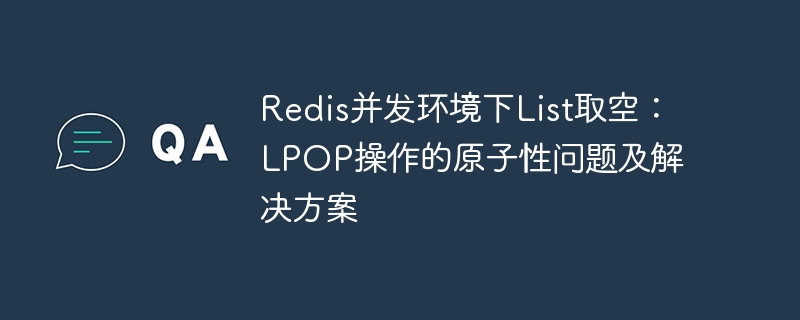Elasticsearch嵌套should和must查询实现复杂SQL逻辑
本文将演示如何将复杂的SQL查询转换为Elasticsearch的DSL查询,重点讲解如何正确嵌套should和must子句。我们将以一个具体的SQL查询为例,分析其逻辑并提供对应的Elasticsearch DSL解决方案,并解释常见错误。
以下是一个复杂的SQL查询:
SELECT * FROM table WHERE ((sex = 1 OR sex = 2) AND (color = 226 OR color = 229)) OR ((sex = 0 OR sex = 3) AND (color = 226));
这个SQL语句包含两个主要条件,由OR连接。每个主要条件内部又由AND连接多个子条件。 在Elasticsearch中,我们可以使用bool查询类型,结合should(表示“或”)和must(表示“与”)子句来实现这种逻辑。
错误的DSL示例通常会将must直接嵌套在should内部,导致语法错误或逻辑错误。 正确的做法是将每个AND条件用must子句表示,OR条件用should子句表示。
正确的Elasticsearch DSL如下:
{
"query": {
"bool": {
"should": [
{
"bool": {
"must": [
{
"bool": {
"should": [
{ "term": { "sex": 1 } },
{ "term": { "sex": 2 } }
]
}
},
{
"bool": {
"should": [
{ "term": { "color": 226 } },
{ "term": { "color": 229 } }
]
}
}
]
}
},
{
"bool": {
"must": [
{
"bool": {
"should": [
{ "term": { "sex": 0 } },
{ "term": { "sex": 3 } }
]
}
},
{ "term": { "color": 226 } }
]
}
}
]
}
},
"size": 2
}
在这个正确的DSL中,我们使用了term查询来匹配精确值。 外层的should表示两个主要条件之间的“或”关系,而每个主要条件内部的must则表示子条件之间的“与”关系。 这准确地表达了原始SQL语句的逻辑。 请注意嵌套的bool查询的使用,确保了AND和OR组合的正确处理。






